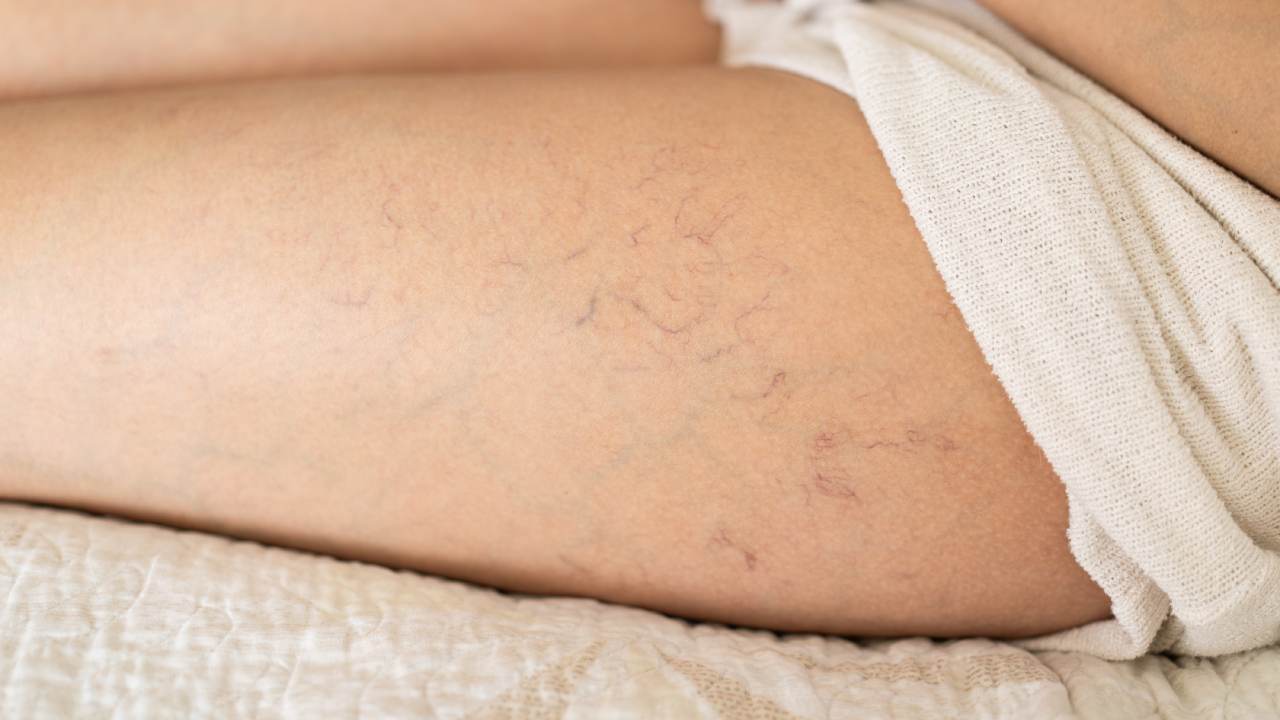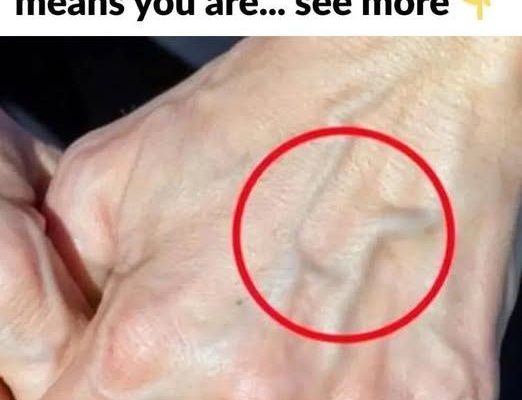When to Worry About Suddenly Visible Veins: What Your Body May Be Telling You
Decoding the Mystery of Visible Veins: When to Worry and When Not To
Visible veins – those bluish-purple lines peeking through your skin – are often a source of curiosity, and sometimes, concern. While many factors contribute to their prominence, understanding the difference between harmless visibility and a potential health issue is crucial. Let’s delve into the common causes and when professional medical advice becomes essential.
Innocent Culprits: Why Your Veins Might Be More Visible
Several perfectly normal physiological processes can lead to increased vein visibility. These are not typically cause for alarm, but rather indicators of changes in your body’s composition or response to environmental factors.
The Role of Body Fat and Exercise
One of the primary reasons for more prominent veins is a decrease in subcutaneous fat – the layer of fat directly beneath the skin. This thinning can happen due to several reasons:
- Weight loss: Rapid weight reduction often reveals previously hidden veins.
- Athletic build: Individuals with naturally low body fat or those engaging in intense exercise, especially resistance training, often have more visible veins due to increased muscle definition and blood flow. Veins dilate (widen) with exercise, bringing them closer to the skin’s surface. This effect can be long-lasting, particularly in areas like the arms, shoulders, and legs.
Environmental Influences and the Aging Process
External factors also play a part:
- Temperature fluctuations: Warm weather causes blood vessels to dilate to regulate body temperature, making veins temporarily more visible, especially in extremities like hands and feet.
- Aging: As we age, our skin loses collagen and elasticity, becoming thinner and more translucent. This allows underlying veins to become more prominent, often noticeable on the hands, chest, and lower legs.
Hormonal Shifts and Vein Prominence

Hormonal changes can also impact vein visibility:
- Pregnancy and Menopause: Fluctuations in hormone levels during pregnancy and menopause can alter the circulatory system, leading to increased vein visibility or the appearance of new veins, primarily in the legs and breasts. Similarly, hormone replacement therapy can have a similar effect.
When Visible Veins Warrant Medical Attention
While many cases of visible veins are benign, certain circumstances require immediate medical evaluation. These scenarios indicate a potential underlying health problem that needs prompt attention.
Sudden Appearance Without Explanation
The sudden appearance of new veins without any corresponding changes in weight, exercise routine, or exposure to hot weather is a red flag. This could signal a vascular or circulatory disorder, such as venous insufficiency or a blood clotting disorder. Note the onset time and any accompanying symptoms, such as fatigue or pain, to provide crucial information to your doctor.
Signs of Inflammation or Pain
Pain, redness, swelling, warmth, or tenderness around a visible vein necessitates immediate medical attention. These symptoms could indicate:

- Phlebitis: Inflammation of the vein.
- Deep vein thrombosis (DVT): A serious condition involving a blood clot in a deep vein, often in the legs. DVT is a life-threatening condition requiring urgent treatment.
- Superficial thrombophlebitis: Blood clots developing in veins near the skin’s surface.
Varicose Veins: Appearance and Symptoms
Bulging, twisted, or rope-like veins are characteristic of varicose veins, resulting from malfunctioning vein valves. Symptoms can include:
- A heavy or aching feeling in the legs.
- Throbbing or burning sensations.
- Itchiness or skin irritation around the vein.
Untreated varicose veins can lead to chronic venous insufficiency, skin ulcers, or blood clots.
Skin Changes and Ulcers
Skin discoloration (darkening or flaking), open sores, or ulcers near a vein can signal chronic circulatory problems, commonly associated with:
- Chronic venous insufficiency (CVI): Difficulty returning blood to the heart, leading to pooling and pressure.
- Venous stasis dermatitis: Inflammation of the lower legs.
CVI can lead to severe skin damage and leg ulcers.
:max_bytes(150000):strip_icc()/GettyImages-1406151327-3c18565ca53a4b41bdf510c94dd7b7c9.jpg)
Vein Visibility in Unusual Locations
The sudden appearance of spider-like veins or a webbed pattern on the chest, stomach, or back is relatively rare but can signal:
- Liver disease (e.g., cirrhosis):
- Portal hypertension: Increased pressure in the liver’s veins.
- Certain types of cancer: Particularly if the veins appear rapidly and without a clear trigger. This should be taken very seriously, especially if accompanied by unexplained weight loss, fatigue, or abdominal swelling.
Seeking Medical Advice: When to Consult a Doctor
If you have any concerns about your visible veins, consult a healthcare provider. This is especially important if:
- Veins appear suddenly without a known cause.
- You experience pain, warmth, redness, or swelling near a vein.
- There are signs of skin damage or ulcers.
- Veins feel hard, bulging, or rope-like.
- You experience additional symptoms (leg cramps, fatigue, unexplained weight loss).
- You are concerned about the cosmetic appearance and want treatment options.
Your doctor may use ultrasound imaging or other diagnostic tests to assess your veins and blood flow.
Diagnosing and Treating Problematic Veins
Treatment for problematic veins depends on the underlying cause and severity. Options include:
- Non-surgical: Compression stockings, lifestyle changes (weight management, increased activity), medication.
- Medical procedures: Sclerotherapy (injecting a solution to close veins), laser therapy, vein stripping or endovenous ablation (for severe varicose veins).
Preventing Future Vein Issues
While genetics and aging are unavoidable, you can support your circulatory system by:
- Staying active (regular walking or light exercise).
- Maintaining a healthy weight.
- Avoiding prolonged sitting or standing.
- Elevating your legs when resting.
- Wearing compression garments if recommended.
Conclusion: Understanding Your Veins
Visible veins aren’t always a cause for alarm. However, paying attention to sudden changes, accompanying symptoms, and unusual locations is essential. Early detection and prompt medical care are crucial for addressing potential health concerns and maintaining your circulatory health. When in doubt, consult your doctor for peace of mind and optimal care.




